As an Amazon Associate, I earn from qualifying purchases.
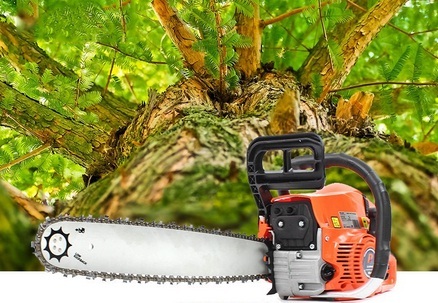
Electric chainsaws are popular nowadays because they are cheaper and easier to use. For obvious reasons, their gas model counterparts are best used in commercial and big tree cutting tasks. On the other hand, an electric chainsaw is more practical for home use because it uses electricity instead of gasoline – practical in the sense that you don’t have to buy and store fuel or gasoline. Additionally, using an electric chainsaw is also environment friendly and it goes without saying why.
And since electric chainsaws are best suited for minimal and light cutting jobs at home, it is apparent that any homeowner should have one. However, shopping for one isn’t a cakewalk. There are things to consider in doing so, and here are some factors you must weigh on when you are planning to get an electric chainsaw soon:
Table of Contents
How To Choose An Electric Chainsaw?
Engine Power
Keep in mind that the greatest flaw or disadvantage of any electric chainsaw, no matter how expensive or high end it is, is its engine output. It is quite obvious that an electric chainsaw is a little less powerful compared to gas chainsaws. However, there is actually no need for a chainsaw with a big HP (horsepower) when you plan to use the same in small home cutting jobs. The most common engine output is 3.5 hp. That is enough for any branch or log cutting task at home.
Weight
Another important factor is the weight of the machine. Electric chainsaws are built and designed so as to limit the weight as much as possible. However, a “light” model may still be really too heavy for some. Put in mind that you will be carrying and holding the electric chainsaw and sometimes in very awkward positions. So make sure you can handle the weight of the tool you are purchasing. If you can’t, then there is no point in purchasing since you don’t get to use it in the first place. Also, being able to handle and carry the electric chainsaw with ease means you can use it conveniently and handily.
Cutting Size
Cutting size is determined mostly by the bar and chain outside the power head. Because electric chainsaws are less powerful than their gasoline powered counterparts, they also have smaller bar and chains. Fifteen to eighteen inches are ideal for light and average cutting jobs but smaller than that can only do well in light pruning.
Added Features
Finally, find and buy something that has additional features in it. You can always purchase a plain electric chainsaw for a smaller and cheaper price but some people may be willing enough to pay more for valuable and helpful features to make the cutting job easier such as safety add-ons, auto oiling feature, and maintenance kits.
Considerations When Purchasing an Electric Chainsaw
An electric chainsaw is a versatile and powerful tool that can make quick work of a variety of tasks around the home, farm, or worksite. But with so many models on the market, it can be tough to know which one is right for you. Here are a few things to consider when purchasing an electric chainsaw:
First, think about the types of tasks you’ll be using the chainsaw for. If you’re only going to be doing light pruning and trimming, a smaller, lighter model will be sufficient. But if you’re looking to tackle larger projects like felling trees or cutting firewood, you’ll need a more powerful saw.
Next, consider the size of the chainsaw’s bar. The bar is the metal rod that the chain runs around, and it determines the maximum diameter of the tree trunk or log that the saw can handle. A longer bar will be able to cut through larger material, but it will also be heavier and more difficult to maneuver.
Finally, pay attention to the saw’s features. Some electric chainsaws come with special features like automatic chain oilers and chain brakes. These can be helpful if you’re going to be doing a lot of cutting, but they’re not essential.
With these things in mind, you should be able to find the perfect electric chainsaw for your needs.
Different Types of Electric Chainsaws
Chainsaws are one of the most powerful and versatile tools that you can own. They can be used for a variety of tasks, such as trimming trees, cutting firewood, and even felling trees. But with so many different types and models of chainsaws on the market, it can be difficult to know which one is right for you.
Electric chainsaws are a popular choice for many homeowners and professionals. They are typically lighter and easier to maneuver than gas-powered chainsaws, and they produce far less noise and emissions. Electric chainsaws are available in corded and cordless models. Corded chainsaws are less expensive and require no battery, but they are limited by the length of the power cord. Cordless chainsaws are more expensive but offer the freedom to move around without being tethered to a power outlet.
When choosing an electric chainsaw, it is important to consider the size and weight of the saw, as well as the power source. For larger jobs, a heavier and more powerful saw will be necessary. But for smaller tasks, a lighter and smaller saw will be easier to maneuver and less likely to cause fatigue.
Which Electric Chainsaw is Right for You?
An electric chainsaw is a powerful and versatile tool that can be used for a variety of tasks around the home, farm or ranch. But with so many different models on the market, it can be tough to decide which one is right for you. Here are a few things to keep in mind when shopping for an electric chainsaw:
The size of the chainsaw is important – you don’t want one that’s too big or too small for the tasks you’ll be using it for. A smaller saw is easier to handle but may not have the power you need for tougher jobs.
The chain speed is another important factor to consider. A faster chain will make quick work of smaller branches but can cause the saw to bog down when cutting through larger logs.
The weight of the chainsaw is also something to think about. A heavier saw will be more difficult to maneuver but will usually have more power.
Finally, take a look at the price tag. Electric chainsaws can range in price from around $100 to $1,000 or more. Choose the one that fits your budget and your needs.
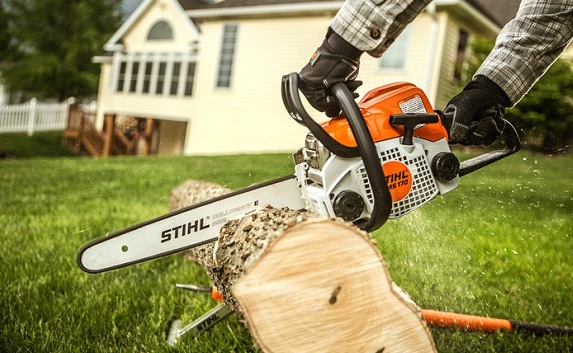

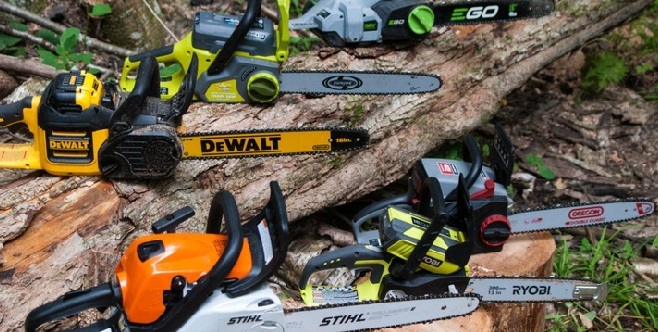
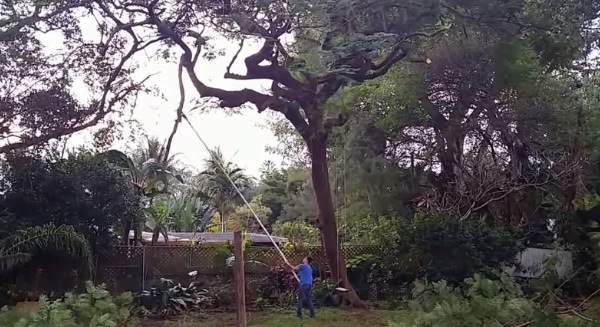
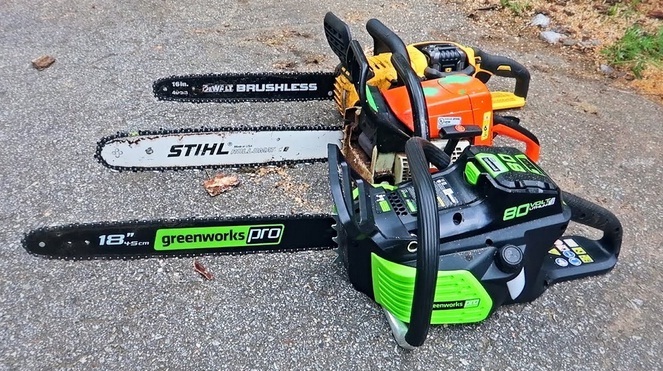
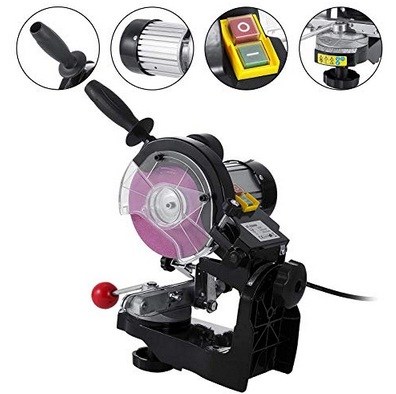
Leave a Reply